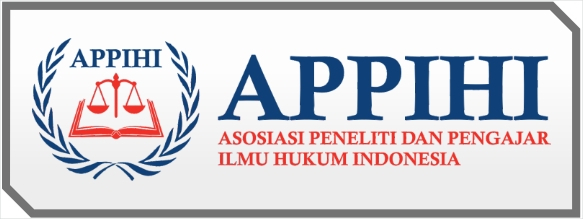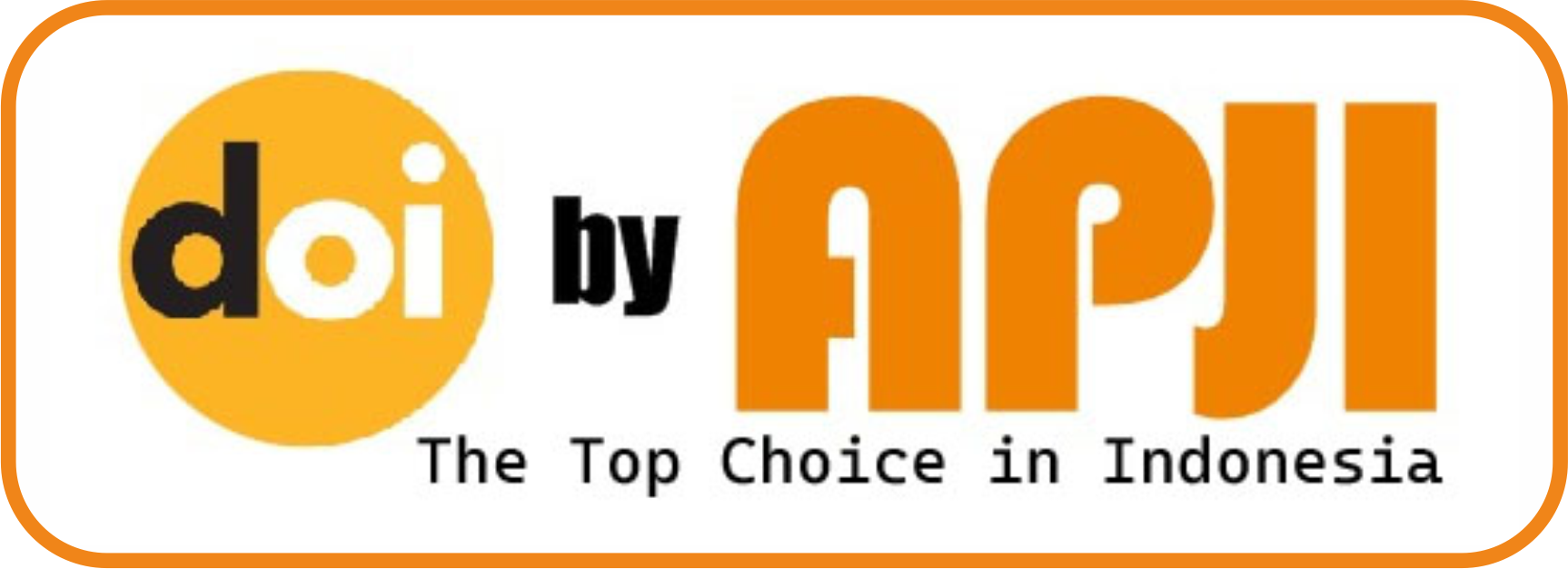Anak Muda Memaknai Ruang Publik Di Kota Parepare, Sulawesi Selatan
DOI:
https://doi.org/10.55606/inovasi.v1i3.631Kata Kunci:
Youth, Public Space, HabermasAbstrak
Public spaces to be crucial and indispensable component of democratic civilizations. Public spaces are used for more than just leisure activities. However, public space has significance as a space to dialectics of society. Using a quantitative method and a descriptive analysis of the data gathered from 165 respondents, this study aims to give an overview of the youth in Parepare have begun to interpret public space to oversee many issue and policies. In addition, the youth of parepare also have the opinion that public spaces should be accessible to anyone and utilized for the common good. However, the youth of Parepare contend that the government's alligments in preparing an equal public space for the community.
Referensi
G.M. Adiarsi, H. Silsa. “Fenomena bergabungnya anak muda Jakarta ke dalam organisasi Sinerrgi Muda secara sukarela.” Profetik Jurnal Komunikasi, Volume 11 (2), 2018. Hal 99-115.
M.V. Alfian. “Peran anak muda melakukan inovasi untuk UMKM di masa dan pasca pandemi.” Prosiding Seminar Nasional Penanggulangan Kemiskinan, Volume 1 (1), 2021. Hal 7-26.
N. Ansel. Children, youth, and development. New York, US: Routledge. 2005.
H.V. Boo. “Service environment of restaurants: Findings from the youth customers.” Journal of ASIAN Behavioural Studies, Volume 1 (2), 2011. Hal 45-56.
C. Cassegard. “Contestation and bracketing; the relation between public space and the publik sphere.” Environment and Planning D: Society and Space, Volume 32(4), 2014. Hal 689-703.
B. Checkoway. “What is youth participation?” Children and Youth Services Review, Volume 33 (2), 2011. Hal 340-345.
Dinas Kependudukan dan Pencatatan Sipil Kota Parepare. Luas wilayah, jumlah penduduk, dan kepadatannya dirinci tiap kecamatan di kota Parepare tahun 2020. LUAS WILAYAH, JUMLAH PENDUDUK DAN KEPADATANNYA DIRINCI TIAP KECAMATAN DI KOTA PAREPARE TAHUN 2020 – Satu Data Pemerintah Kota Parepare (pareparekota.go.id)
K. Edwards. “Social ınclusion and youth participation: a new deal for Australia’s young people?” Youth Studies Australia, Volume 27 (2), 2008. Hal 11-17.
E.P. Fauzi. “Kedai kopi dan komunitas seni sebagai wujud ruang publik modern.” Jurnal Jurnalisa, Volume 5 (1), 2019. Hal. 16-30.
J. Habermas, J. The structural transformation of public sphere: an inquiry into category of bourgeois society, Thomas Burger (terj.). Cambridge: Polity Press. 1989.
D. Hartono. “Kajian perilaku pada ruang terbuka publik.” Jurnal Arsitektur, Volume 18 (1), 2019. Hal. 45-56.
L. Herrera. (2006). “What’s new about youth?” Development and Change, Volume 37 (6), 2006. Hal 1425-1433.
R. Holmes, H.M. Dahan, H. Ashari. A guide research in the social science. Kuala Lumpur, Malaysia: Pearson Prentice Hall. 2005.
A. Malik. “Ruang publik sebagai representasi kebijakan dan medium komunikasi publik.” Jurnal SAWALA, Volume 6 (2), 2018. Hal. 82-88.
S. Naafs. B. White. “Generasi antara: refleksi tentang studi pemuda Indonesia.” Jurnal Studi Pemuda, Volume 1(2), 2012. Hal. 89-106.
A.P. Prasetyo. (2012). “Menuju demokrasi rasional: Melacak pemikiran Jurgen Habermas tentang ruang publik.” Jurnal Ilmu Sosial dan Ilmu Politik, Volume 16(2), 2012. Hal. 169-185.
E. Purwanto. “Privatisasi ruang publik dari civic centre menjadi central business district (Belajar dari kasus kawasan Simpang Lima Semarang).” Jurnal Tata Loka, Volume 16 (3), 2012. Hal. 153-167.
Radjawali, Irendra. “Pemahaman Terhadap Pola Aktifitas Ekonomi Untuk Mengidentifikasi dan Melakukan Manajemen Konflik pada Ruang Terbuka Publik.” Proseding Makalah Simposium Nasional “Managing Conflicts in Public Spaces Through Urban Design. 2014. Hal. 83-91.
A.A.N.A. Sanjaya, I.N.H. Juliarthana. (2019). “Pemanfaatan Bale Banjar sebagai ruang kreativitas anak muda di Denpasar.” Jurnal Perencanaan Wilayah dan Kota SPACE, Volume 1 (1), 2019. Hal. 26-32.
T.M. Schusler, M.E. Kasny. (2008). “Youth participation in local environmental action: an avenue for science and civic learning?” Participation and Learning, 2008. Hal. 268–284.
N. Sirimorok, N. Belajar kritis dari luar sekolah. Makassar, Indonesia: Penerbit Akasia, 2020.
Sunaryo, S. Rony, I. Nindyo, S. Ikaputra, Bakti. “Posisi Ruang Publik dalam Transformasi Konsepsi Urbanitas Kota Indonesia.” 2010.
M. Tekindel. “The position of the youth in political participation.” Sosyal Politika Çalışmaları Dergisi, Volume 17(39), 2017. Hal. 119-140.
W. Toporowski, R. Lademann. “The importance of assortment, pricing, and retail site location for competition in food retailing - results from marketing research, marketing, zfp, quartal 2014.”
United Nation. (2020). World youth report: youth social enterpreneurship and the 2030 agenda. New York, US: United Nation.
T.R. Valentina, A. Zetra, L.P. Sari. “Pemanfaatan ruang publik sebagai peningkatan partisipasi politik di Nagari Talang Anau, Kabupaten Lima Puluh Kota.” Publik Jurnal Ilmu Administrasi. Volume 9 (1), 2020. Hal 71-79.





















